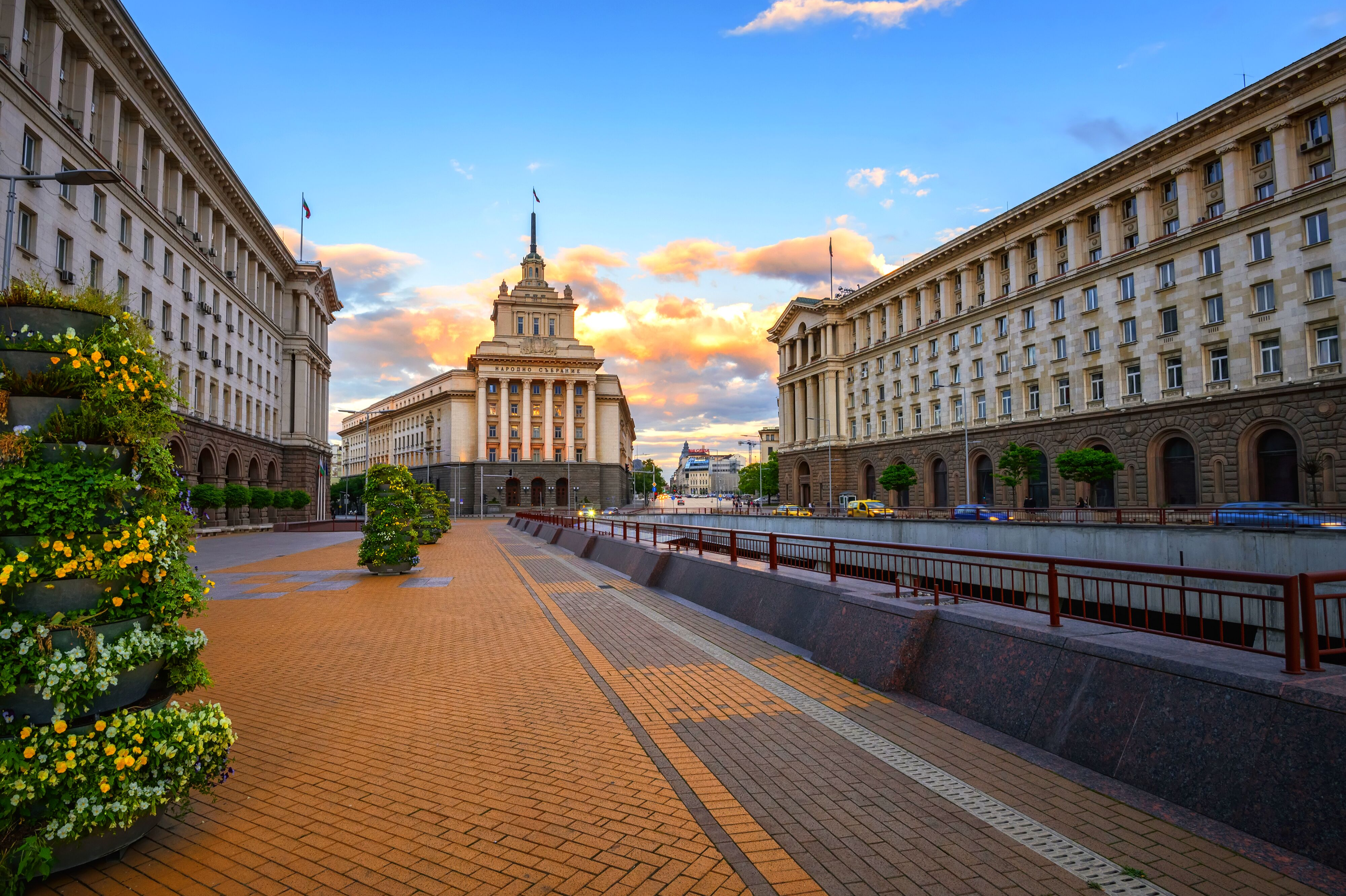New Europe in 2025
East to West and West to East
In the events industry, we began using the term quite late, perhaps after the conquests of various international consultancies’ conquistadors who cared more about earning millions than achieving actual progress in the region.
Many colleagues watched in disbelief as professional event organisers east of Ljubljana and Vienna realised their dream events.
In parallel, we showed who was going to be the alpha and omega in the region. Many colleagues watched in disbelief as professional event organisers east of Ljubljana and Vienna realised their dream events and eclipsed their greatest feats, seemingly with ease. Despite decades of interim development gridlock, we developed our own know-how, thus becoming a centre of the region and Europe with several projects, against the odds.
Yet, time did not come to a halt. As I traverse the region today, in search of New Europe’s lesser-known destinations, I am surprised by the propulsive creativity and imagination of a region that is yet to unlock its full potential. Creativity and imagination represent the common denominators of almost all regional event destinations, apart from those that covet the summer tourist season above all, and disregard the importance of becoming a year-round event hub.

Love at third sight
At first glance, Sofia might not be New Europe’s most scenic destination, yet I become more fond of it with each visit. Love at third sight could be a typical reaction to the cities of New Europe. However, as stereotypes abound, I cannot endeavour to debunk them all in one article. I will attempt, nonetheless: the metro in Sofia is among the cleanest and tidiest in Europe. Everything works like a well-oiled machine, effectively transporting a million and a half inhabitants to and fro the buzzing city centre. The level of safety and security can easily rival that of Ljubljana or any larger, safe city, for that matter. Guests arriving in Sofia will first glimpse an ultra-modern, if oversized, airport that is exceptionally well-managed and has a new metro line connecting it to the city. Even the most demanding guests will not complain, thanks to the abundance of quality hotels. The events industry is well-developed, featuring many leading professional event agencies. Of course, the city is replete with unusual venues that range from imposing, royal palaces to former industrial plants repurposed for conferences. To top it off, Sofia boasts a superb gastronomical scene and extremely kind hosts. You can get all of this for an unrivalled price.

The second problem is poor marketing and destination branding. Still today, many cities do not present themselves in a modern way. It is as if cities are trapped in an analogue era where the culmination of their communication efforts is a printed promotional brochure. When I ask colleagues about the message Sofia wants to champion as a brand, they usually don’t have a reply, even after fervently browsing the web for results. If they don’t have an answer, the chances of foreign event organisers coming there are slim.
The third problem is more of a challenge – aligning the interests of local stakeholders is easy if there are sufficient companies that fully believe in the product. Yet, today, aligning these interests does not go through convention bureaus, but rather through various digital and creative platforms. In Sofia, there is currently no convention bureau, which would align the interests of all providers and present them on the international events market. Luckily, Bulgaria does have the Bulgarian Convention Bureau. But, even this organisation is financially malnourished to gain a foothold globally and resolve pressing issues.
The low self-image of individual destinations constitutes a serious problem. If local providers don’t believe in the power and potential of the destination, it is hard to expect clients (international event organisers) to do that for them. Alas, there is no narrative of how Sofia stands out from the competition and why hosting an event in this city is unique. Whenever I ask key destination representatives, they fail to give me an answer.

New, different, charming, and hitherto undiscovered destinations
But whoever believes New Europe is just a one-hit wonder is terribly mistaken. Today, the entire events industry knows New Europe is awakening and is leading the pack. Czechs, Slovenians, Croats, Slovakians, Serbians, and Hungarians are leading the way in innovation and creativity. Others are not far behind. What they need to do is double down on marketing and connections among destinations.
In the past, the term New Europe was used to refer to the countries of Eastern Europe or the former Eastern Bloc countries. Despite numerous stereotypes, the region boasts exceptional conditions for the meetings industry: stunning nature, rich cultural and historic heritage, excellent transport infrastructure, affordability, numerous new congress centres, hotels, and creativity are putting New Europe among the newest and most desirable event destinations.